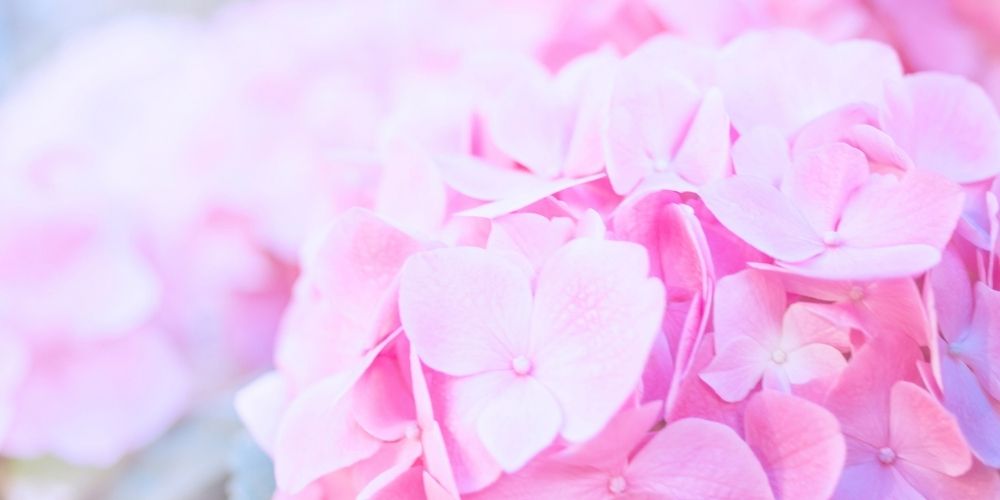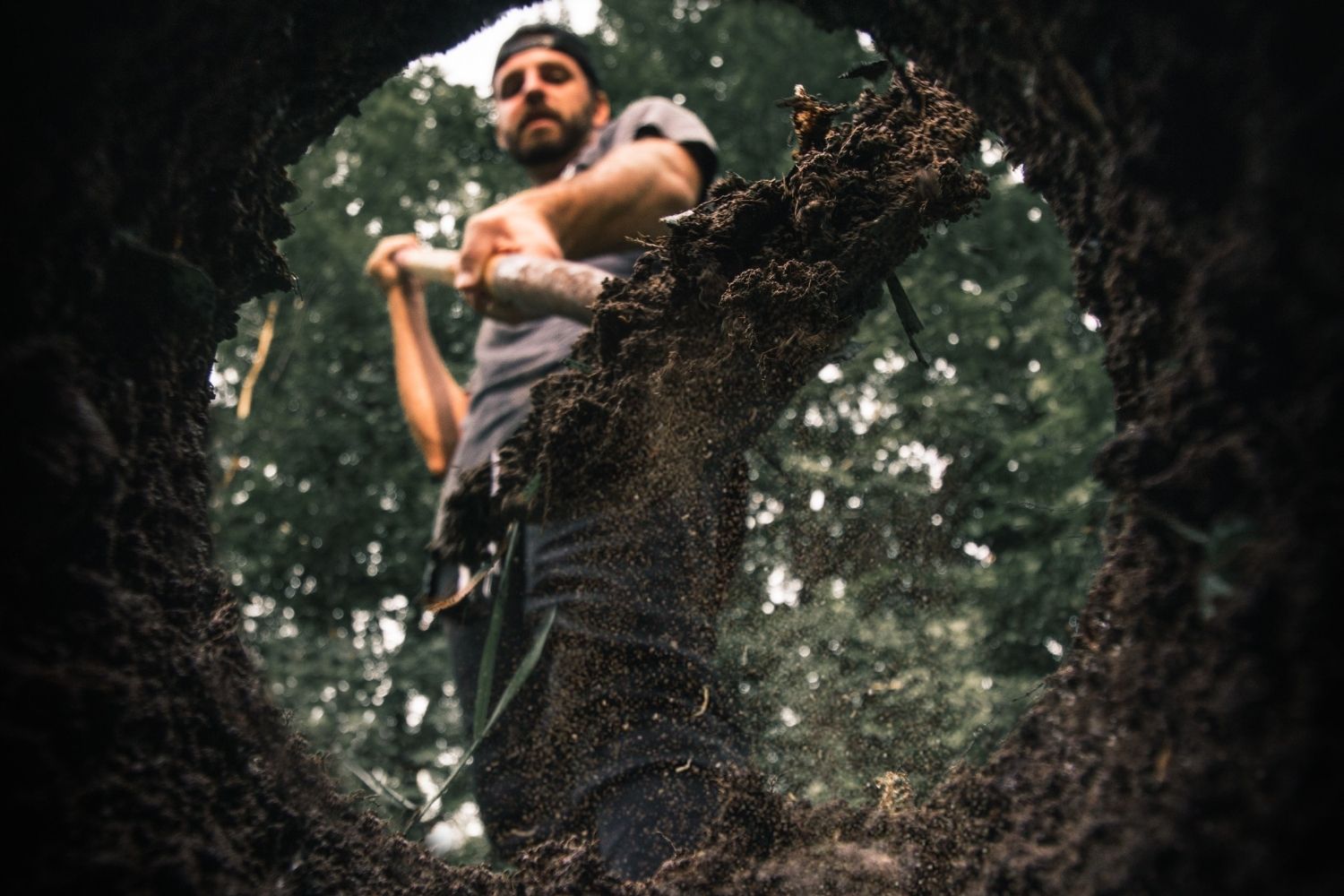Hydrangeas are stunning flowers that add glamour and aesthetic appeal to your garden. If the flowers are given optimum conditions, they will bloom and make a statement in your home. Although there may seem like high-maintenance plants, hydrangeas are pretty straightforward to care for and grow.
Most hydrangeas will not grow well in the direct scorching afternoon sun; however, exposing them to the morning sun facilitates optimum growth in all stages of the plants. On average, you should expose your flowers to sunlight for an average of six hours.
What you should know about Hydrangeas
Hydrangeas are considered as a shrub that uniquely produces attractive flowers that add extra fragrance to your garden. The plants grow to an average height of 15 feet and bloom during summer and spring. Most savvy homeowners grow the plants on the fences or beds adjacent to their homes.
Most hydrangeas will flourish in the early morning sunlight, but the hot afternoon sun is unsuitable for the plants. It would be best if you planted in areas with a good shelter that protects your plant from direct harmful ultraviolet rays. However, the panicle hydrangeas is a unique plant and will do well under direct sunlight and partial shade.
Growing Hydrangeas on Sun
The plants will grow optimally if you mix the morning sun and shelter them in the afternoon. Remember, the hydrangeas have extra-large leaves, increasing the surface area in contact with the environment. The large leaves will make the plants lose a significant amount of water. Thus if you leave your plants under direct sunlight, they might wilt and lose their beauty.
Little Lime hydrangeas perform well in full sun and will produce white to green flowers. The flowers grow to an average of eight feet tall, and their leaves are also broad. The sun-loving plants grow on both new and old wood, and you should be careful when pruning these flowers. During the pruning process, ensure you prune the flowers by only a 1/3 to ensure that the flowers bloom the following season.
Growing Hydrangeas in Shade
Most hydrangeas can thrive well in partial shade. Species such as the Oakleaf hydrangea grows very well in the shade. However, you must expose the plant to few hours of sunlight, which will facilitate in photosynthesis process of the plants.
How to care for Hydrangea in the shade

If you are growing your plants in a shady area that allows penetration of light, it means you are exposing them to few hours of direct sunlight. In areas where the temperatures are exceptionally high, the exposure might be too intolerable for the plants. Thus you will have to ensure you frequently water your waters so they are not damaged by hot temperatures.
It would be best if you opted for a filtered shade for maximum results, where the plants are exposed in the morning and well shaded in the afternoons. You can grow in areas such as under canopied trees.
Hydrangeas growing under the shade should be watered if they show any sign of wilting. Also, you can add mulch at the base of the plants that help regulate the moisture and safeguard your roots from winter damage.
What are the Best Hydrangeas for Deep Shades?
A deep shade is an area that does not allow the penetration of direct sun rays. The climbing hydrangea will do well in such a site. The plant is excellently clings on surfaces and is preferred as it grows annually. When you plant the climbing hydrangeas ensure you are very patient with the plant as it can take years to be established. In the first few years, the plant might look dormant and will start to thrive after three years. This plant is advantageous as it does not need pruning.
However, other types of hydrangea will not flourish in deep shades as denial of sunlight will interfere with the blooming process of the plants.
Conclusion
Hydrangeas flourish in moist soil and partially shady conditions. However, it is intrinsic to note that some flower varieties will thrive even in full sun. It would be best to regularly prune your plants to ensure they retain the optimum shape and height. Remember that the flowers don’t require much water and should only be watered on dry and hot days.















